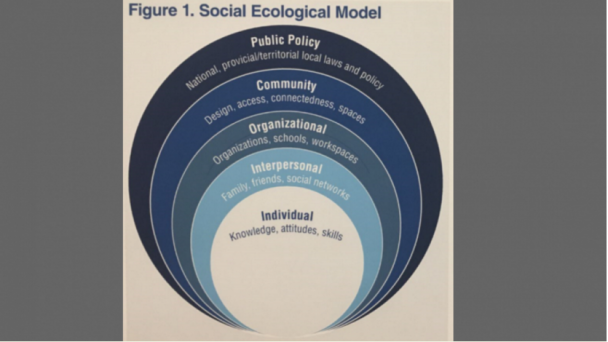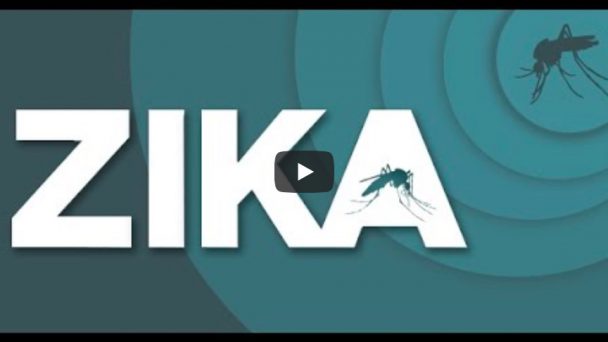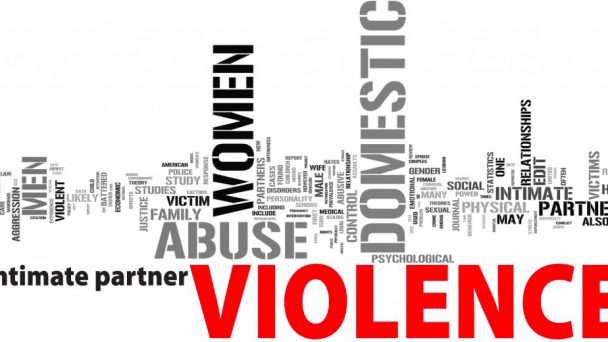Jeanine Guidry, Virginia Commonwealth University
Caroline Orr, Virginia Commonwealth University
Kellie Carlyle, Virginia Commonwealth University
In the current study, a quantitative content analysis was conducted on a random sample of 1,000 Instagram posts and 1,000 tweets using the hashtag #NotOkay. The analysis focused specifically on the type of information included, the frequency of engagement by users on both types of posts, and a comparison between the two platforms. Recognizing that sexual abuse is embedded within a larger sociocultural context, we conceptualized the analysis using the Social Ecological Model as the theoretical framework.
Summary
Jeanine Guidry, Virginia Commonwealth University
Caroline Orr, Virginia Commonwealth University
Kellie Carlyle, Virginia Commonwealth University
In the current study, a quantitative content analysis was conducted on a random sample of 1,000 Instagram posts and 1,000 tweets using the hashtag #NotOkay. The analysis focused specifically on the type of information included, the frequency of engagement by users on both types of posts, and a comparison between the two platforms. Recognizing that sexual abuse is embedded within a larger sociocultural context, we conceptualized the analysis using the Social Ecological Model as the theoretical framework.
Abstract
#NotOkay: Stories about abuse on Instagram and Twitter
At the height of the 2016 U.S. presidential campaign, tens of thousands of women started sharing their experiences of sexual assault on Twitter and Instagram in response to a video showing presidential candidate Donald Trump boasting about groping women. Using the hashtag #NotOkay, the outpouring of personal stories brought attention to the pervasiveness of rape culture in America and its impact on women and girls nationwide. Social media platforms and mobile technologies are playing an increasingly important role in both increasing public awareness about sexual abuse as well as giving a voice to abuse victims who have not shared their stories previously, with the 2014 #WhyIleft/#WhyIstayed Twitter conversations as a prominent example. However, not much is known about how these stories are shared on visual platforms such as Instagram, and how these conversations may differ as they unfold on platforms like Twitter and Instagram.
In the current study, a quantitative content analysis was conducted on a random sample of 1,000 Instagram posts and 1,000 tweets using the hashtag #NotOkay. The analysis focused specifically on the type of information included, the frequency of engagement by users on both types of posts, and a comparison between the two platforms. Recognizing that sexual abuse is a problem embedded within a larger sociocultural context, we conceptualized the analysis using the Social Ecological Model as the theoretical framework.
This study is ongoing and will be completed by August 1, 2017. The results will provide insight into the diverse personal accounts of sexual abuse, as well as the role of social media in facilitating such discussions. Implications for activism and bystander intervention will also be discussed.




Stories about abuse on Instagram and Twitter
Presenter: Jeanine Guidry
Jeanine Guidry, Virginia Commonwealth University
Caroline Orr, Virginia Commonwealth University
Kellie Carlyle, Virginia Commonwealth University
In the current study, a quantitative content analysis was conducted on a random sample of 1,000 Instagram posts and 1,000 tweets using the hashtag #NotOkay. The analysis focused specifically on the type of information included, the frequency of engagement by users on both types of posts, and a comparison between the two platforms. Recognizing that sexual abuse is embedded within a larger sociocultural context, we conceptualized the analysis using the Social Ecological Model as the theoretical framework.
OnAir Post: #NotOkay
Summary
Stories about abuse on Instagram and Twitter
Presenter: Jeanine Guidry
Jeanine Guidry, Virginia Commonwealth University
Caroline Orr, Virginia Commonwealth University
Kellie Carlyle, Virginia Commonwealth University
In the current study, a quantitative content analysis was conducted on a random sample of 1,000 Instagram posts and 1,000 tweets using the hashtag #NotOkay. The analysis focused specifically on the type of information included, the frequency of engagement by users on both types of posts, and a comparison between the two platforms. Recognizing that sexual abuse is embedded within a larger sociocultural context, we conceptualized the analysis using the Social Ecological Model as the theoretical framework.
OnAir Post: #NotOkay
Abstract
#NotOkay: Stories about abuse on Instagram and Twitter
At the height of the 2016 U.S. presidential campaign, tens of thousands of women started sharing their experiences of sexual assault on Twitter and Instagram in response to a video showing presidential candidate Donald Trump boasting about groping women. Using the hashtag #NotOkay, the outpouring of personal stories brought attention to the pervasiveness of rape culture in America and its impact on women and girls nationwide. Social media platforms and mobile technologies are playing an increasingly important role in both increasing public awareness about sexual abuse as well as giving a voice to abuse victims who have not shared their stories previously, with the 2014 #WhyIleft/#WhyIstayed Twitter conversations as a prominent example. However, not much is known about how these stories are shared on visual platforms such as Instagram, and how these conversations may differ as they unfold on platforms like Twitter and Instagram.
In the current study, a quantitative content analysis was conducted on a random sample of 1,000 Instagram posts and 1,000 tweets using the hashtag #NotOkay. The analysis focused specifically on the type of information included, the frequency of engagement by users on both types of posts, and a comparison between the two platforms. Recognizing that sexual abuse is a problem embedded within a larger sociocultural context, we conceptualized the analysis using the Social Ecological Model as the theoretical framework.
This study is ongoing and will be completed by August 1, 2017. The results will provide insight into the diverse personal accounts of sexual abuse, as well as the role of social media in facilitating such discussions. Implications for activism and bystander intervention will also be discussed.